Prithvi Shaw hits third-fastest double century in Ranji Trophy
Prithvi Shaw reminded everyone why he was once one of India’s most talked-about young batters by tearing through a Ranji Trophy bowling attack in emphatic style. On October 27, 2025, playing for Maharashtra against Chandigarh at Sector 16 Stadium in Chandigarh, Shaw reached a landmark that puts him among the quickest double-centurions in Ranji history. This article explains what he did, how he did it, and why the knock matters — for him and for domestic cricket.
The innings in numbers: how fast was it?
Prithvi Shaw scored a blistering 222 from just 156 deliveries, an innings that featured 29 fours and five sixes. Crucially, he reached the double-century mark in only 141 balls — the third-fastest time anyone has converted to 200 in the Ranji Trophy. That puts him behind Tanmay Agarwal (119 balls) and Ravi Shastri (123 balls) in the tournament’s fastest double-century list. His hundred itself came up in just 72 balls, underscoring how aggressively he paced the innings.
Context: where the knock sits in Ranji records
Ranji Trophy history stretches back decades, and fast double centuries are rare because red-ball cricket traditionally rewards patience and accumulation. Shaw’s 141-ball double places him in elite company and gives a modern example of how power and technique can combine in first-class cricket. The comparison to long-standing records — notably Ravi Shastri’s 1980s benchmark — highlights how exceptional this was in historical terms.
How Prithvi Shaw constructed the innings
Shaw’s approach was straightforward: positive intent and controlled aggression. After a modest first-innings return, he attacked early, punishing loose lengths and pulling or driving effectively. The 72-ball century showed a high boundary frequency, and the move from hundred to double was marked by consistent intent rather than frantic hitting — he kept rotating strike and targeted weaker bowling spells.
Technically, Shaw used a compact trigger and excellent hand-eye coordination to pierce gaps. The shot selection mixed back-foot punches off the seamers with authoritative drives against the spinners, producing a scoreline rich in fours and a handful of well-timed sixes. Match reports also noted that he picked the right moments to up the run-rate rather than taking unnecessary risks.
Why this innings matters for Shaw’s career
Prithvi Shaw’s career has seen dramatic highs and tough periods. After early international exposure and setbacks, consistent big scores in the Ranji Trophy strengthen his case for higher honours and remind selectors of his red-ball potential.
- Form and confidence: A 200-plus score like this rebuilds confidence in a way smaller knocks cannot. It shows stamina, shot selection under pressure, and the ability to convert starts into a mammoth total.
- Visibility to selectors: Domestic dominance always counts. Performing for Maharashtra in a high-profile way broadens Shaw’s claim for selection conversations for India’s Test setup, especially given the current emphasis on form and match-readiness.
- Technique and temperament evidence: A long, fast innings in first-class cricket demonstrates both technical soundness and mental focus — two traits national teams value for red-ball candidates.
What this says about modern Ranji Trophy cricket
Shaw’s double ton is part of a trend where domestic first-class cricket shows more attacking batting without abandoning core red-ball skills. Players are combining T20-driven strike fluency with first-class grit. That’s healthy for the game: it keeps crowds engaged, tests bowlers with new challenges, and helps selectors see if batters can shift gears between formats.
Takeaways for young batters and coaches
Prithvi Shaw’s knock offers practical lessons:
- Positive starts matter: Being proactive in the early session can set the tone. Shaw attacked loose balls instead of waiting for a “perfect” moment.
- Rotate and punish: Mix strike rotation with boundary-hitting; staying active between wickets keeps pressure off and bowlers tired.
- Build in phases: Shaw’s progression from 50 to 100 to 200 was paced — not chaotic — showing disciplined shot selection during different phases.
- Fitness and concentration: Long innings require physical and mental stamina; conditioning is as important as technique.
These points are actionable for academy coaches and young professionals aiming to balance aggression with longevity in their innings.
Immediate match impact and what’s next
Beyond individual glory, Shaw’s innings hugely influenced the match situation, placing Maharashtra in a commanding position and relieving pressure on fellow batters. For Shaw personally, the knock will be discussed widely in selection circles and among pundits evaluating India’s batting resources for upcoming red-ball commitments.
If he continues producing knocks like this, selectors and team management will have a tough job ignoring the form. The next steps for observers will be to watch whether Shaw can string similar performances together — consistency will determine whether this is a one-off statement or the start of a sustained resurgence.
Final verdict: a statement, not just a stat
Prithvi Shaw’s third-fastest double century in Ranji Trophy history is more than a headline — it’s a statement about a player reclaiming momentum. It combines elegance and intent, historical context and modern aggression. For fans, it’s a reminder of why domestic cricket matters; for Shaw, it may be the pivotal innings that reopens doors. Either way, it’s a knock worth studying and celebrating.
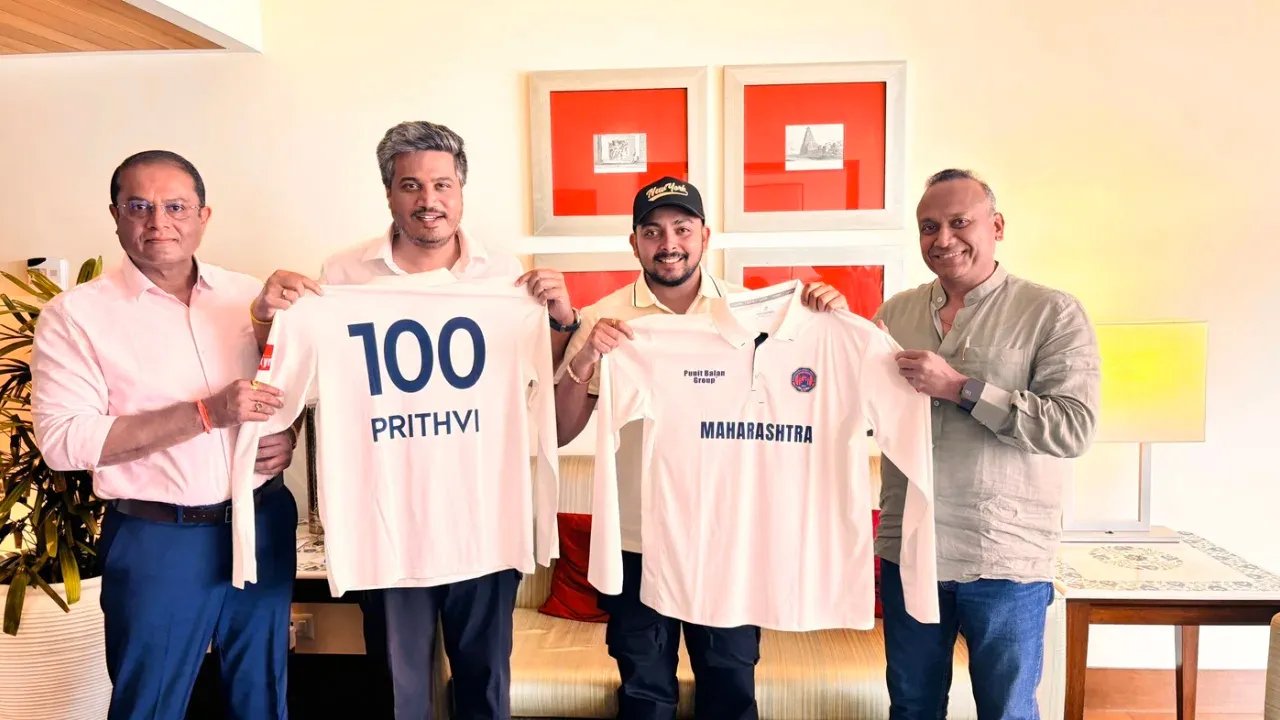

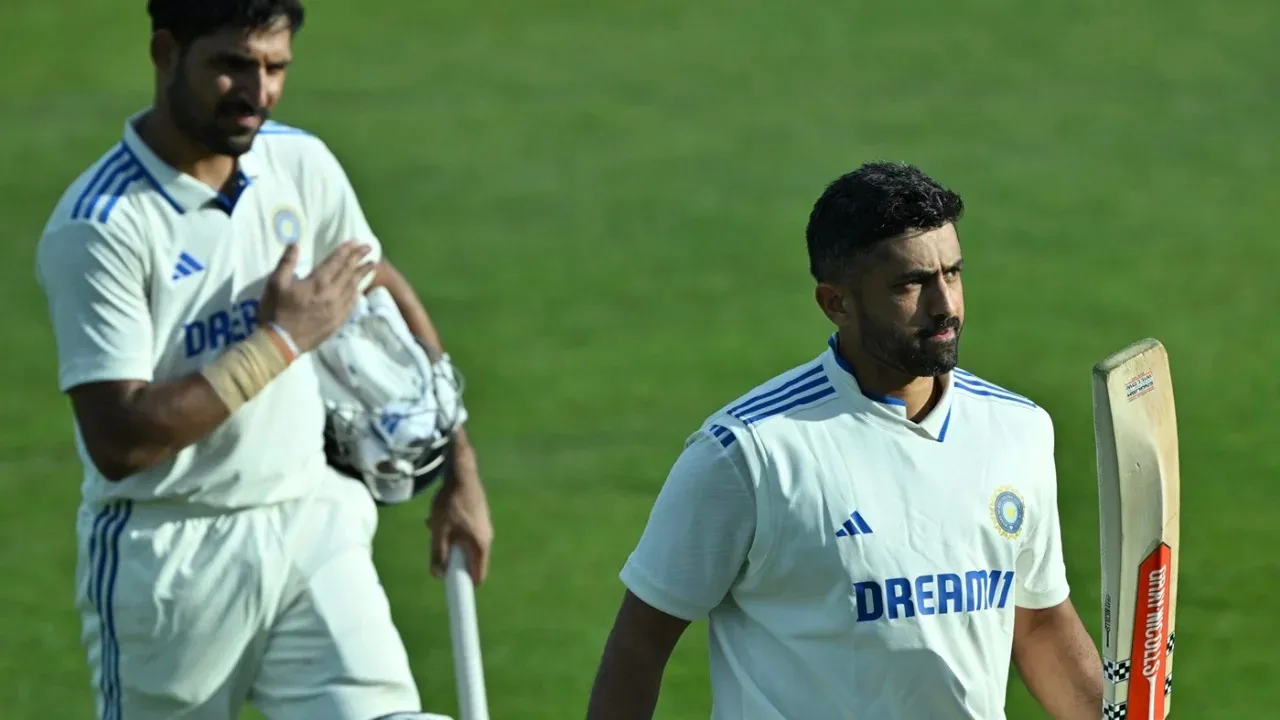
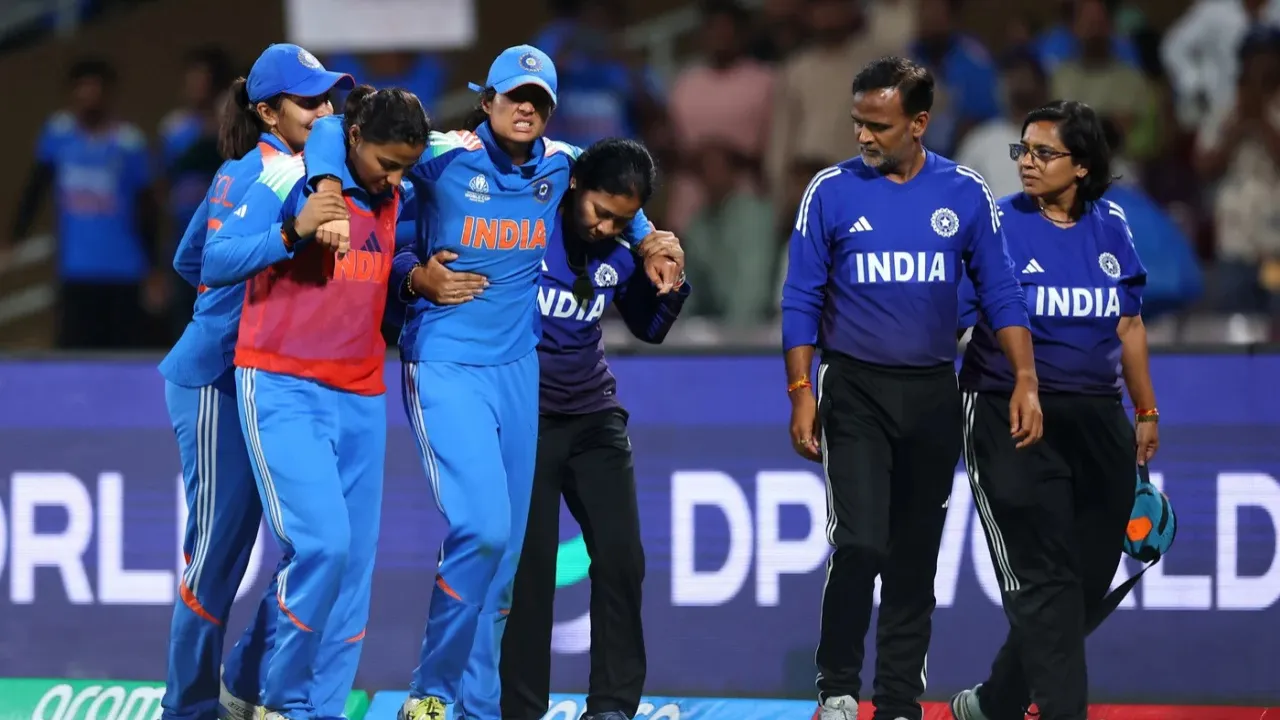
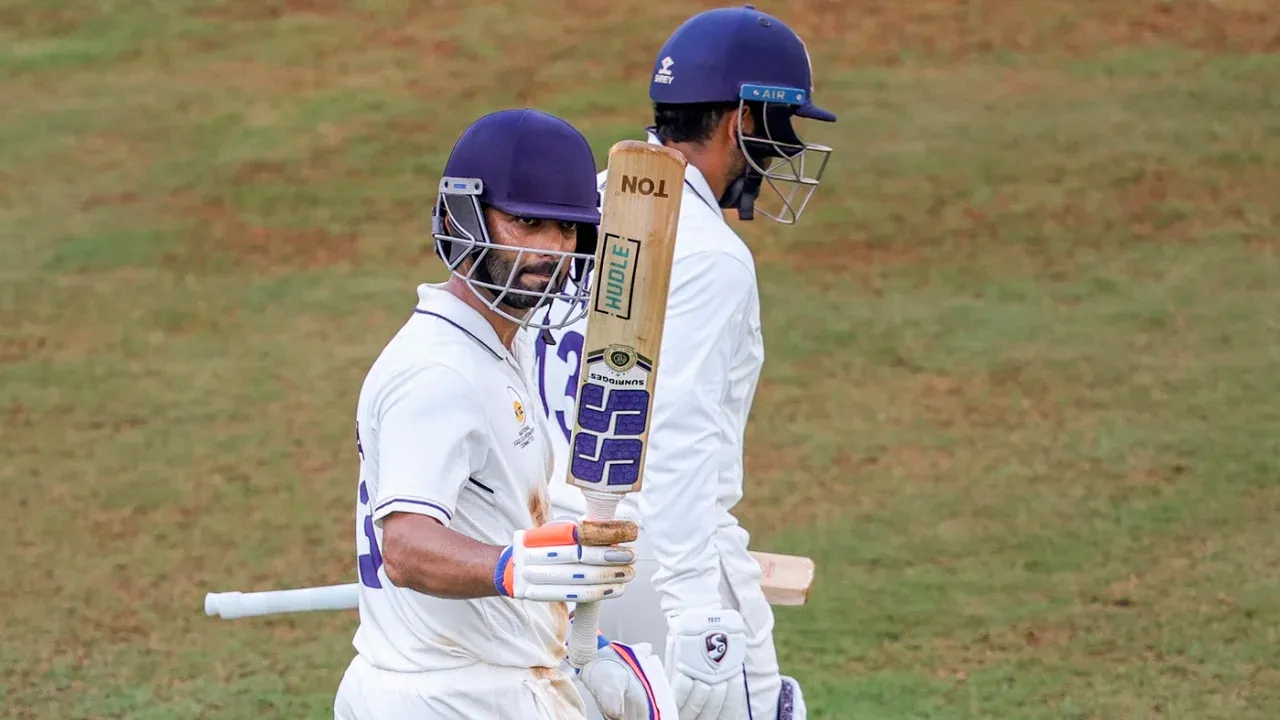
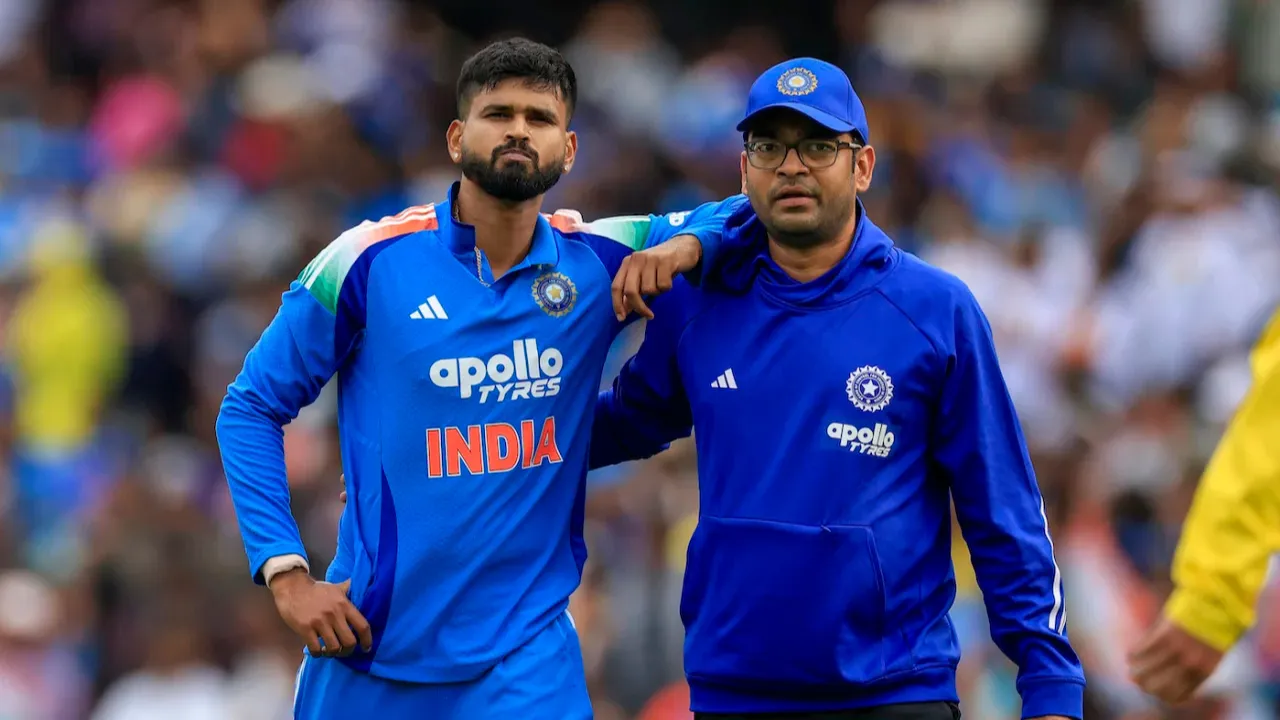
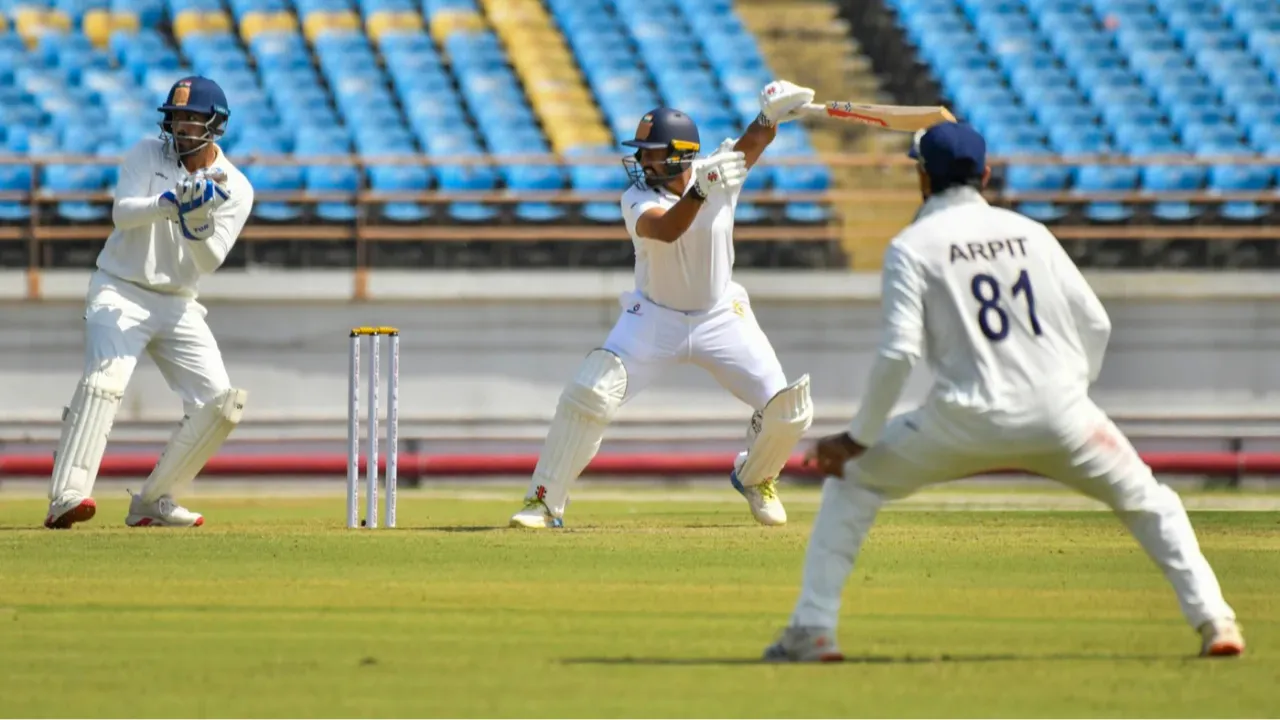
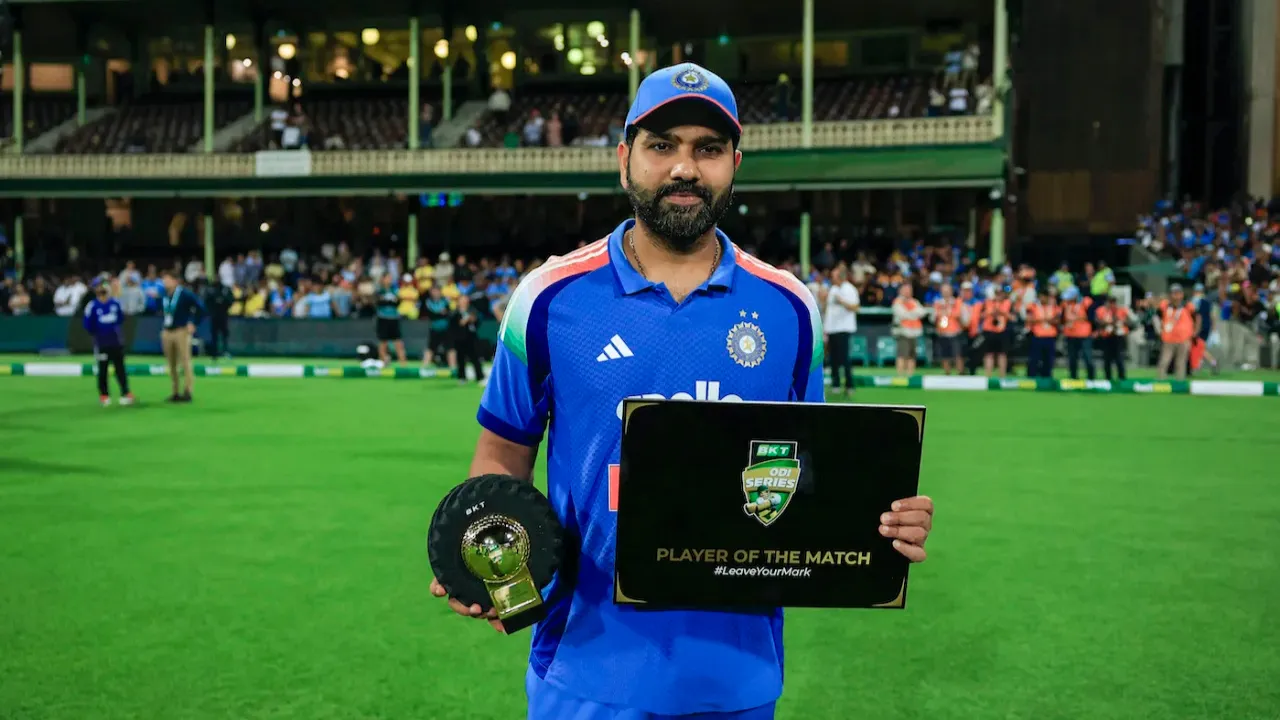
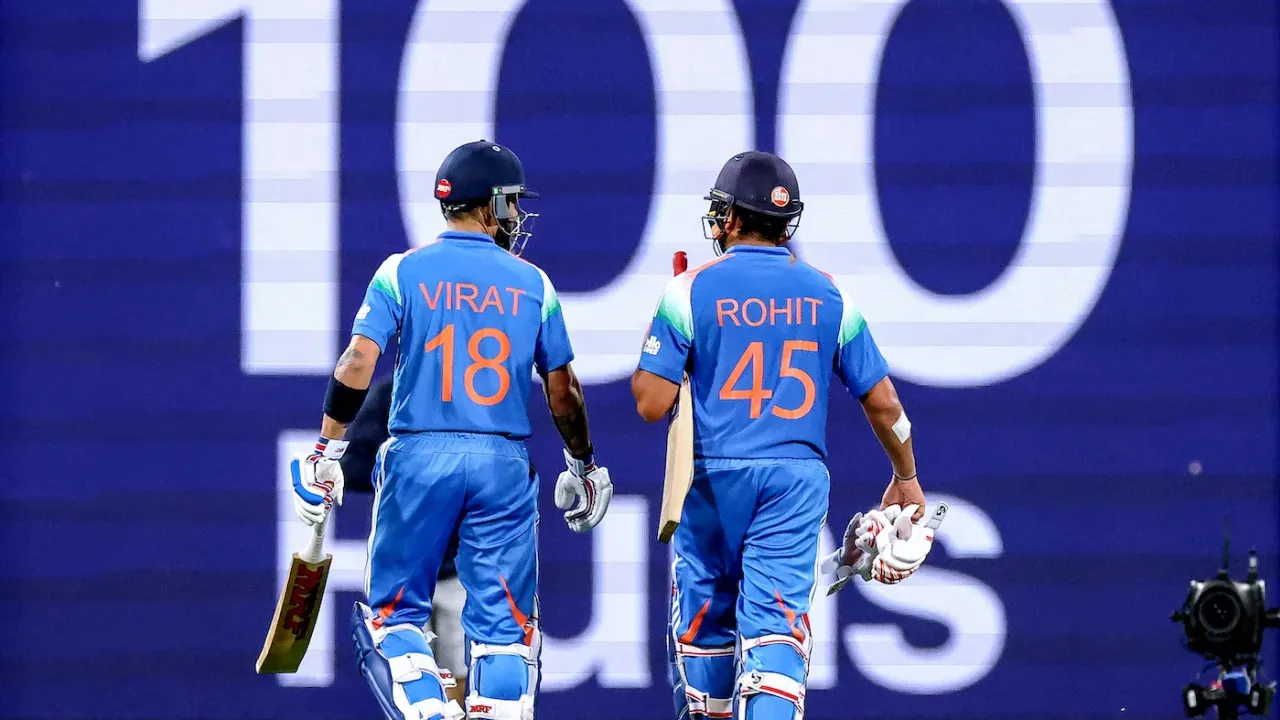
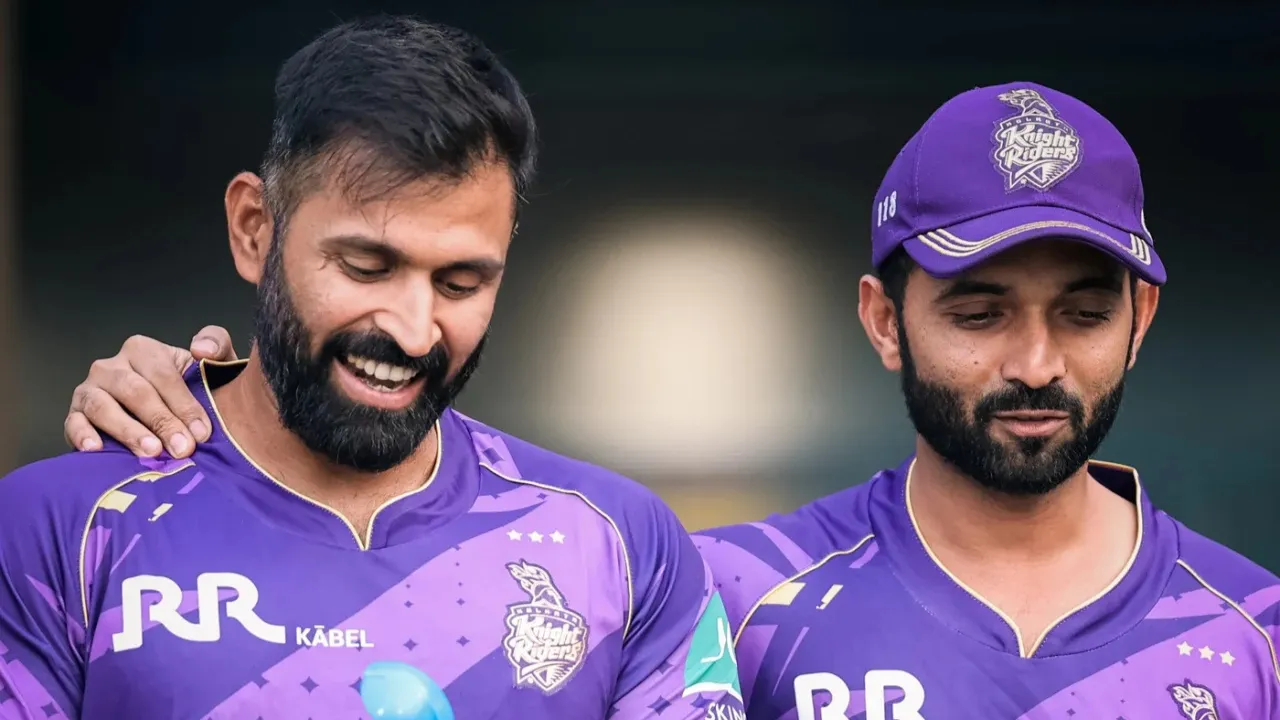

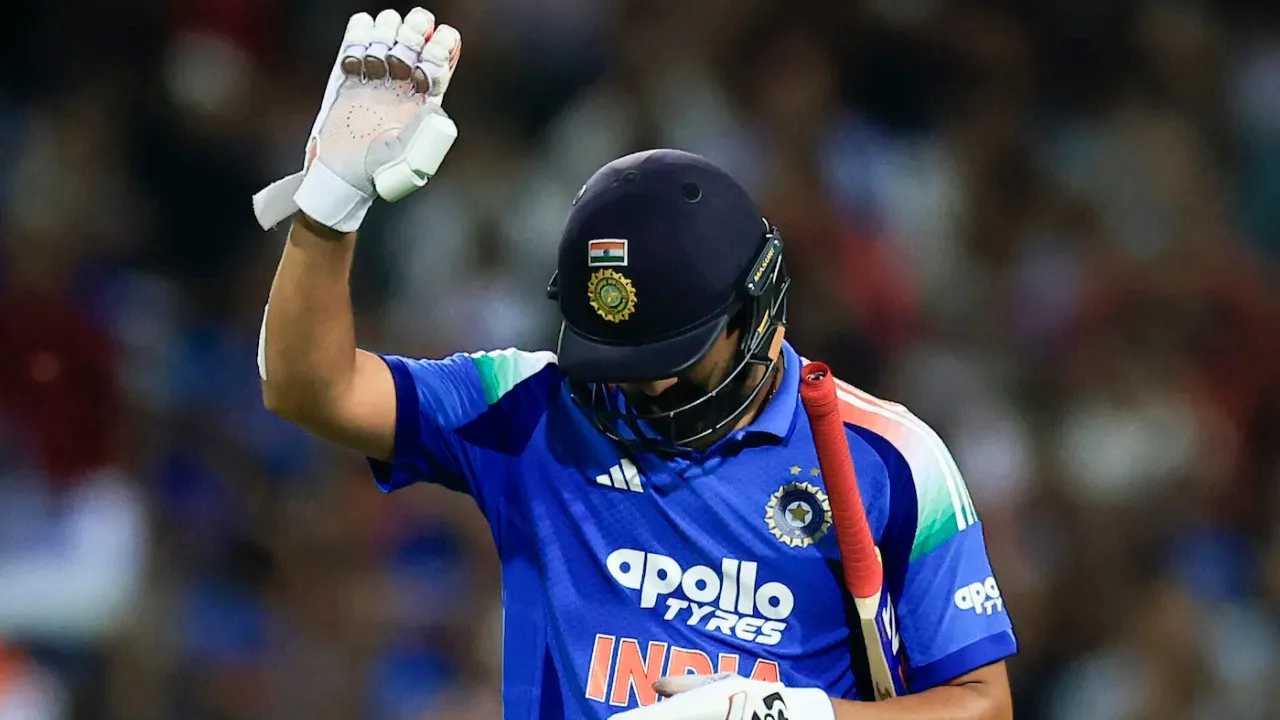

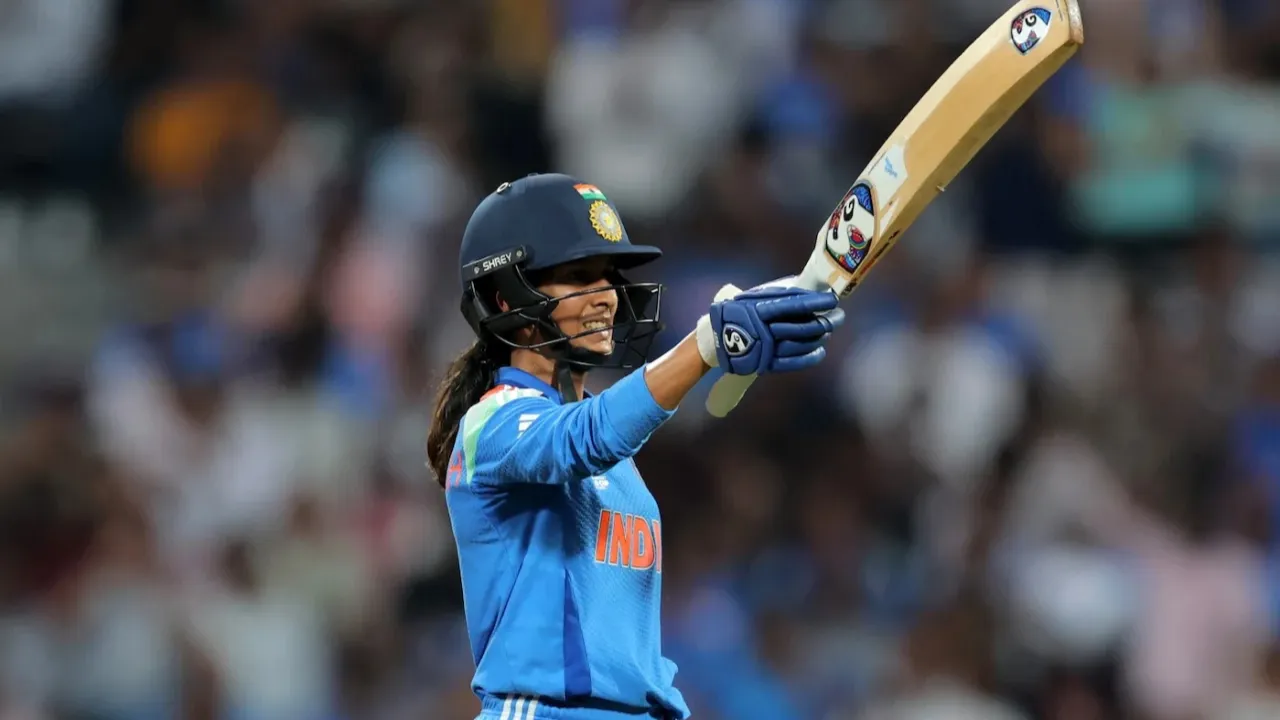
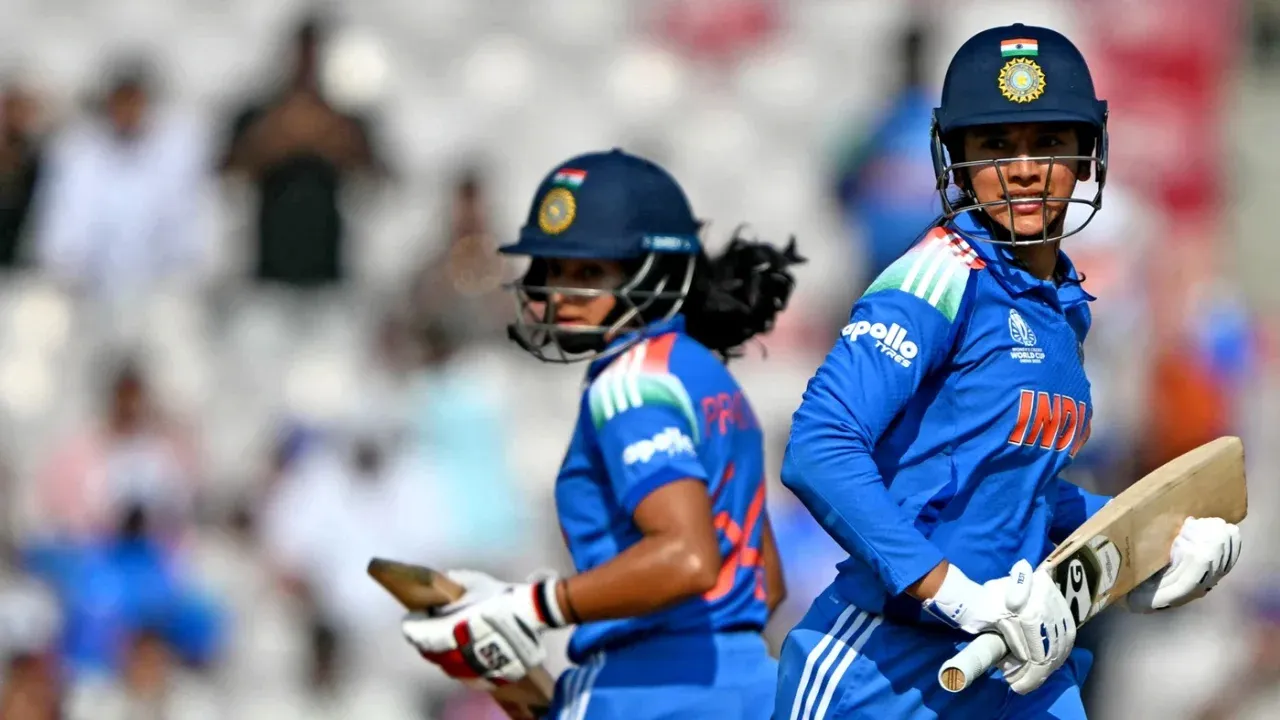
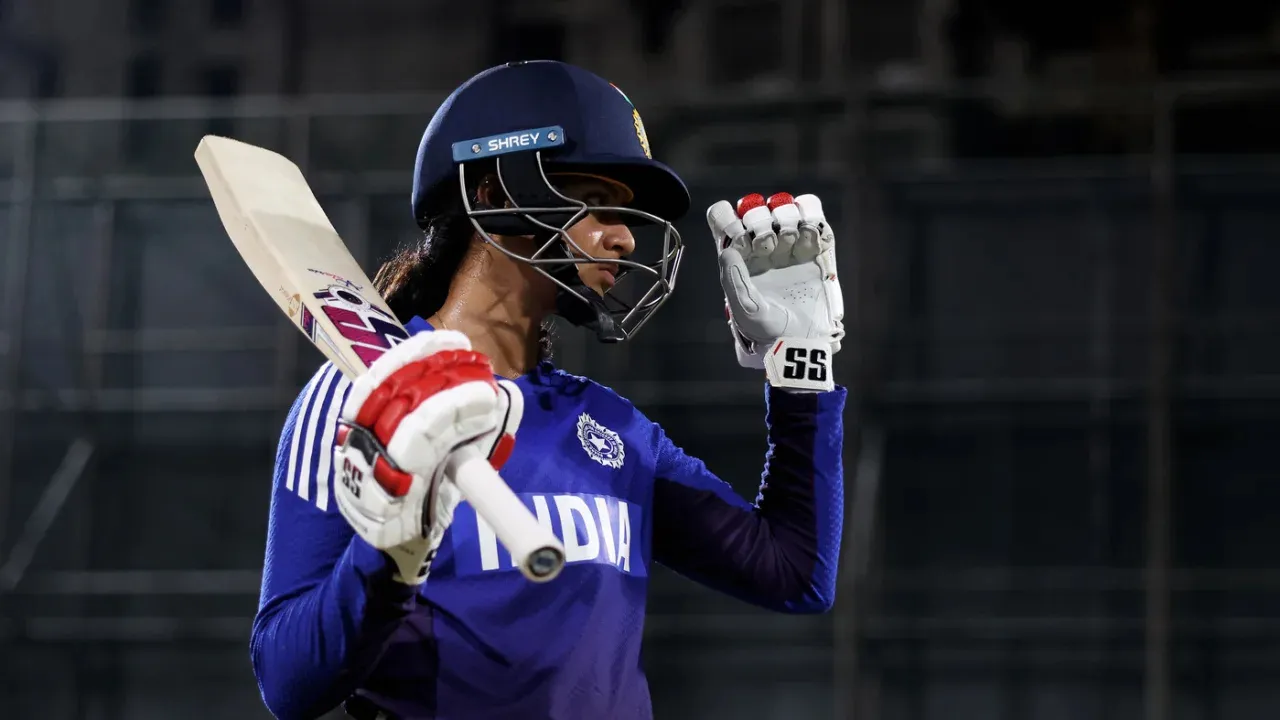
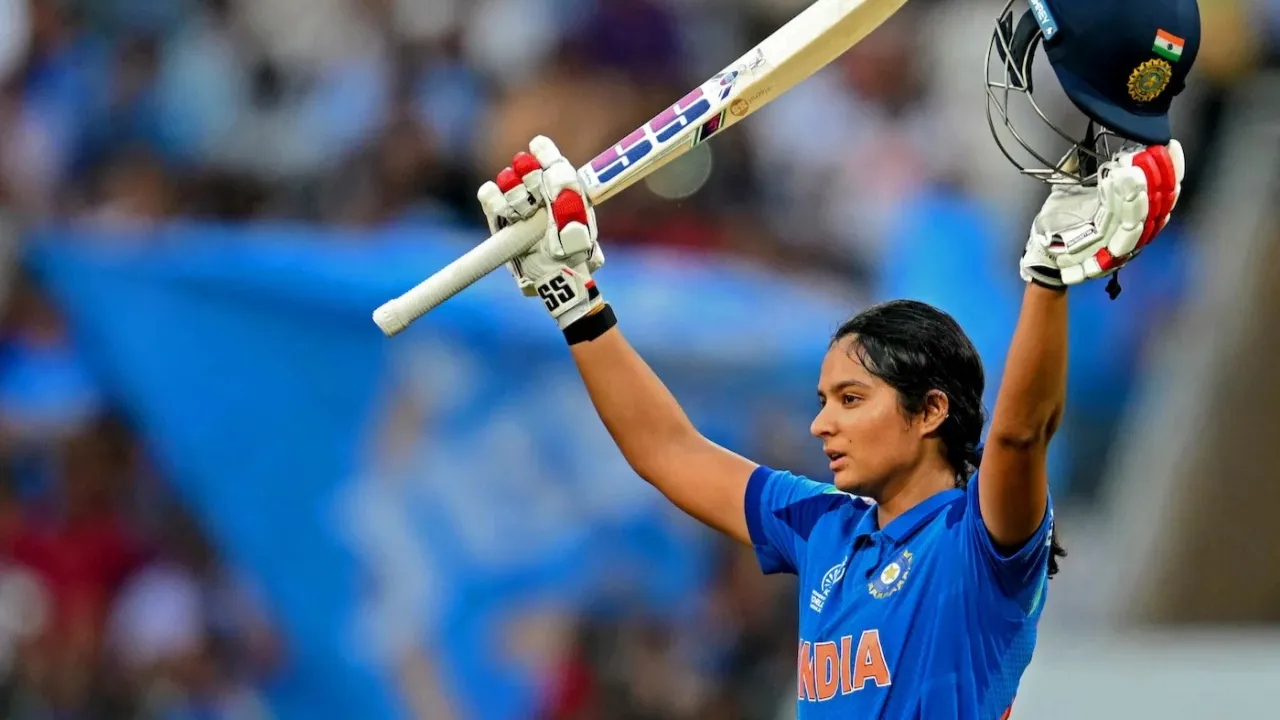
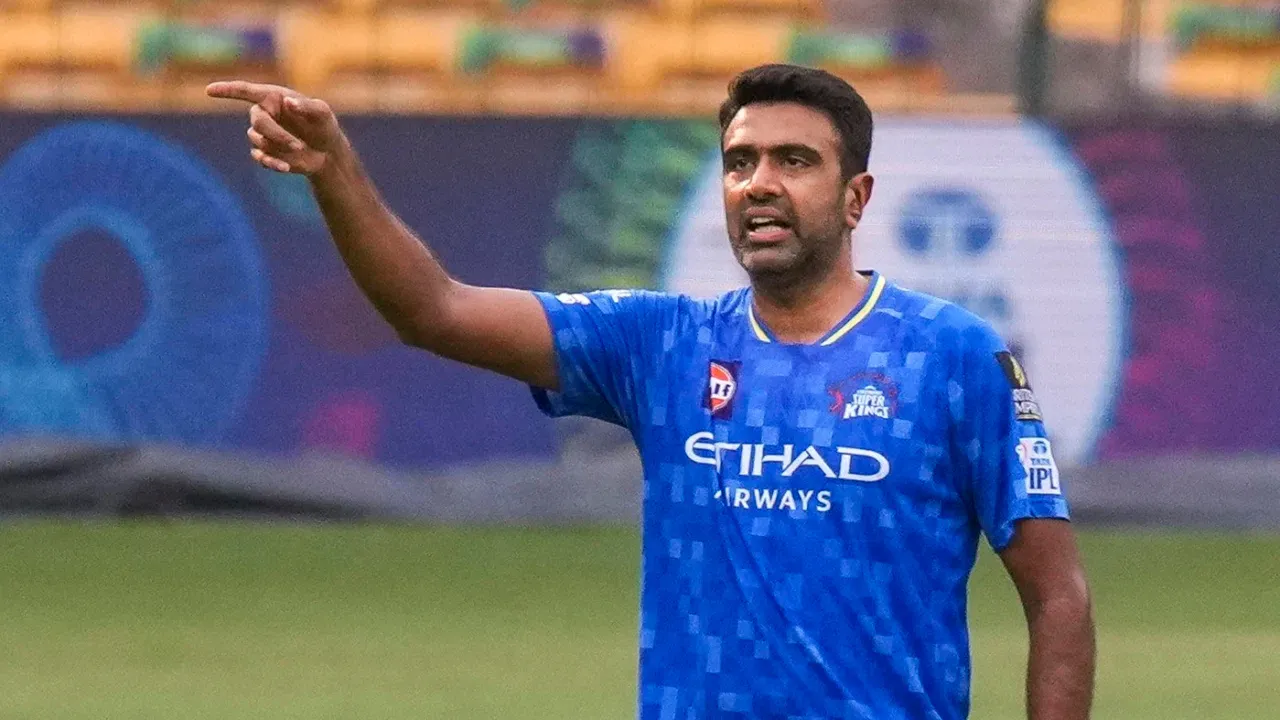
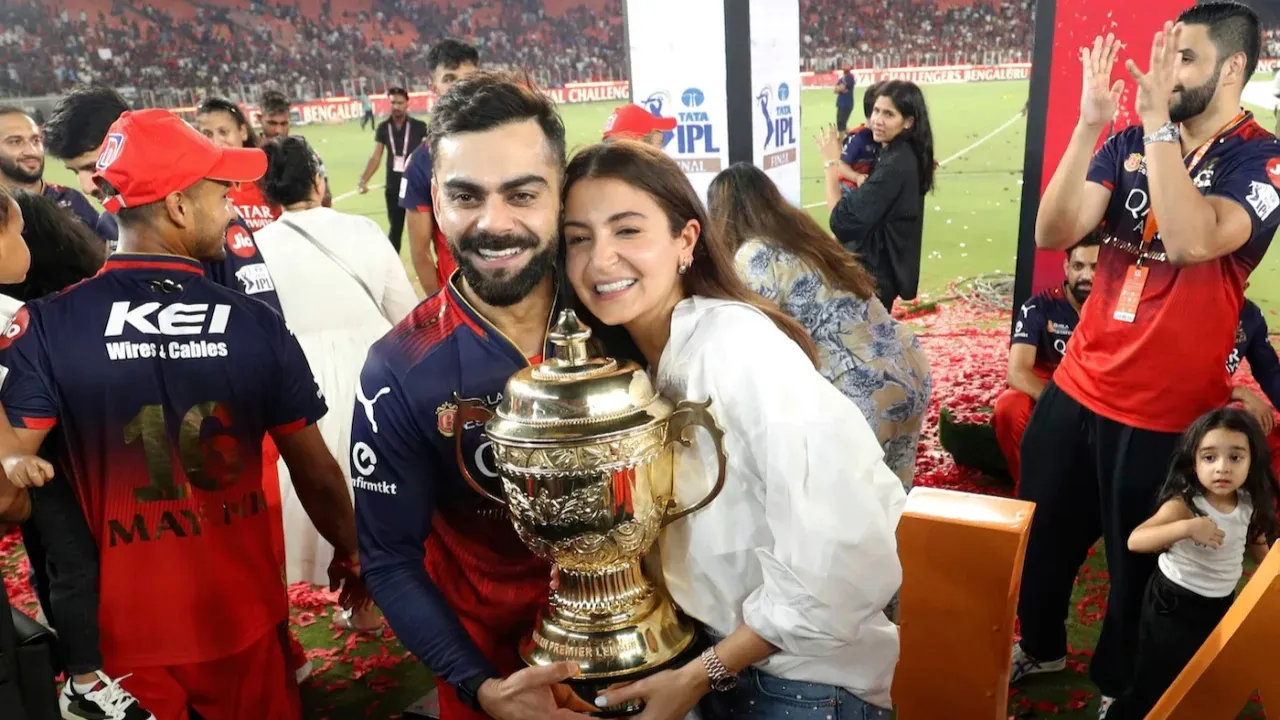
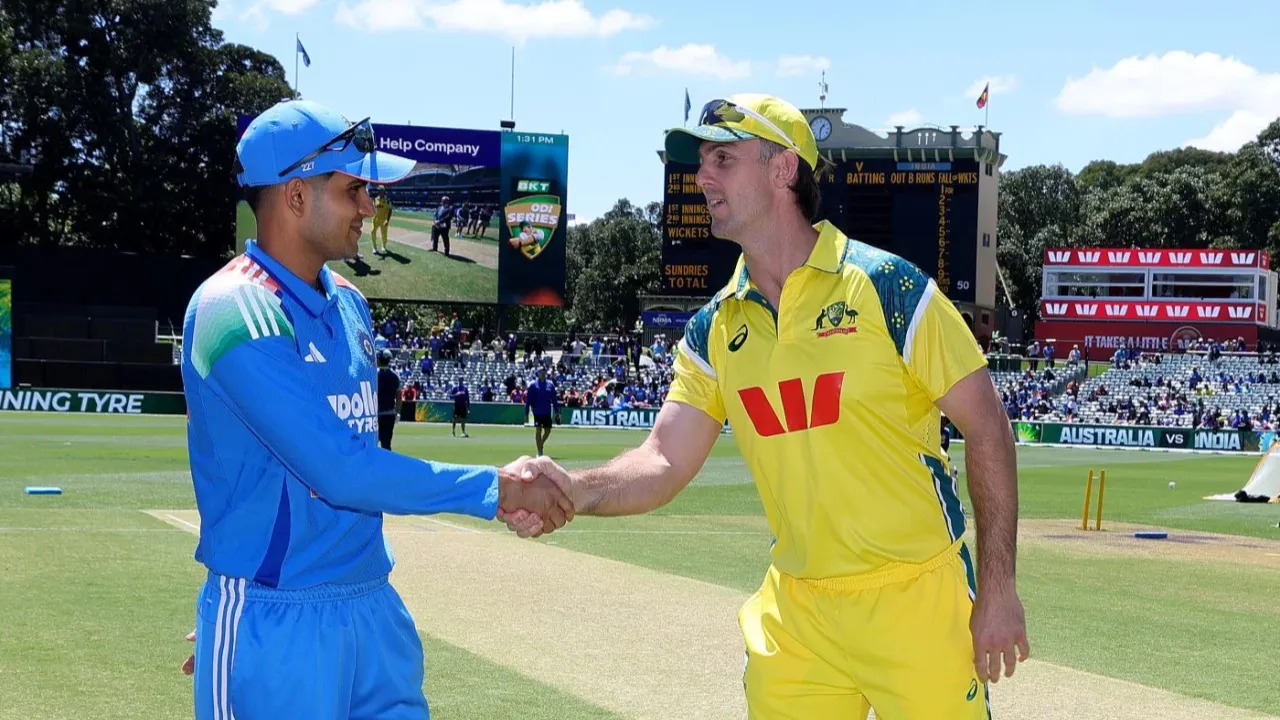
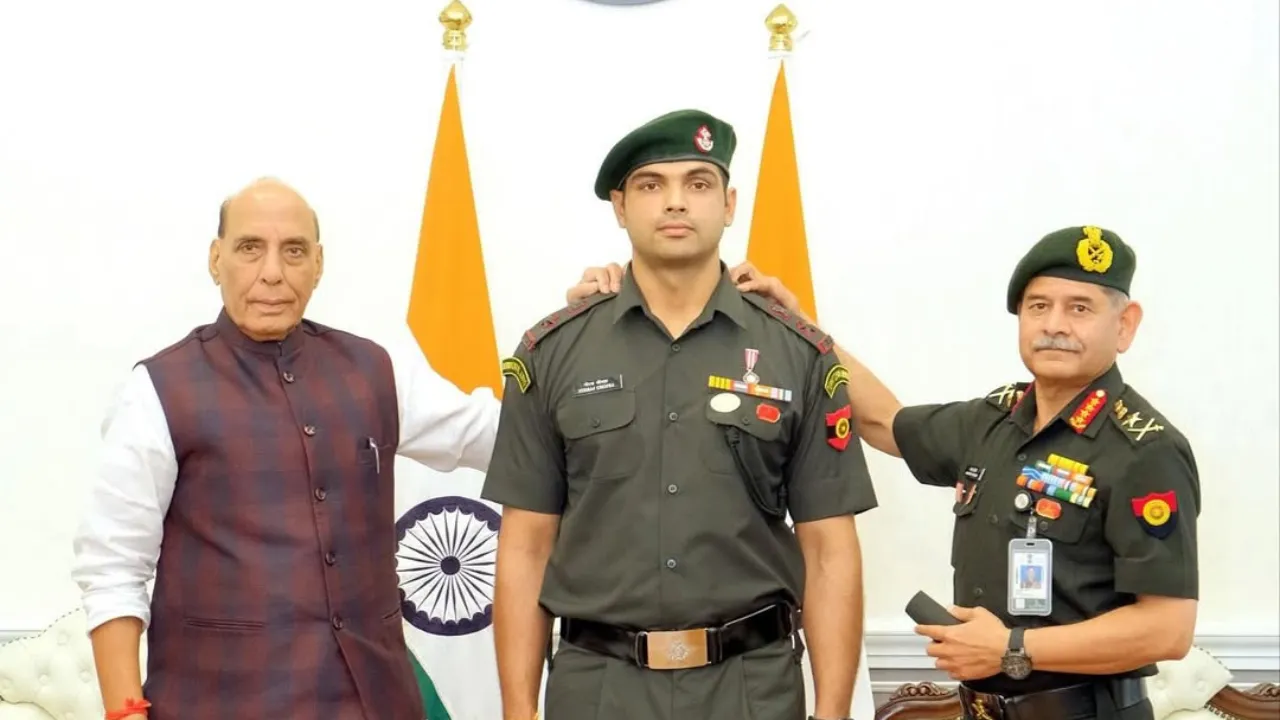

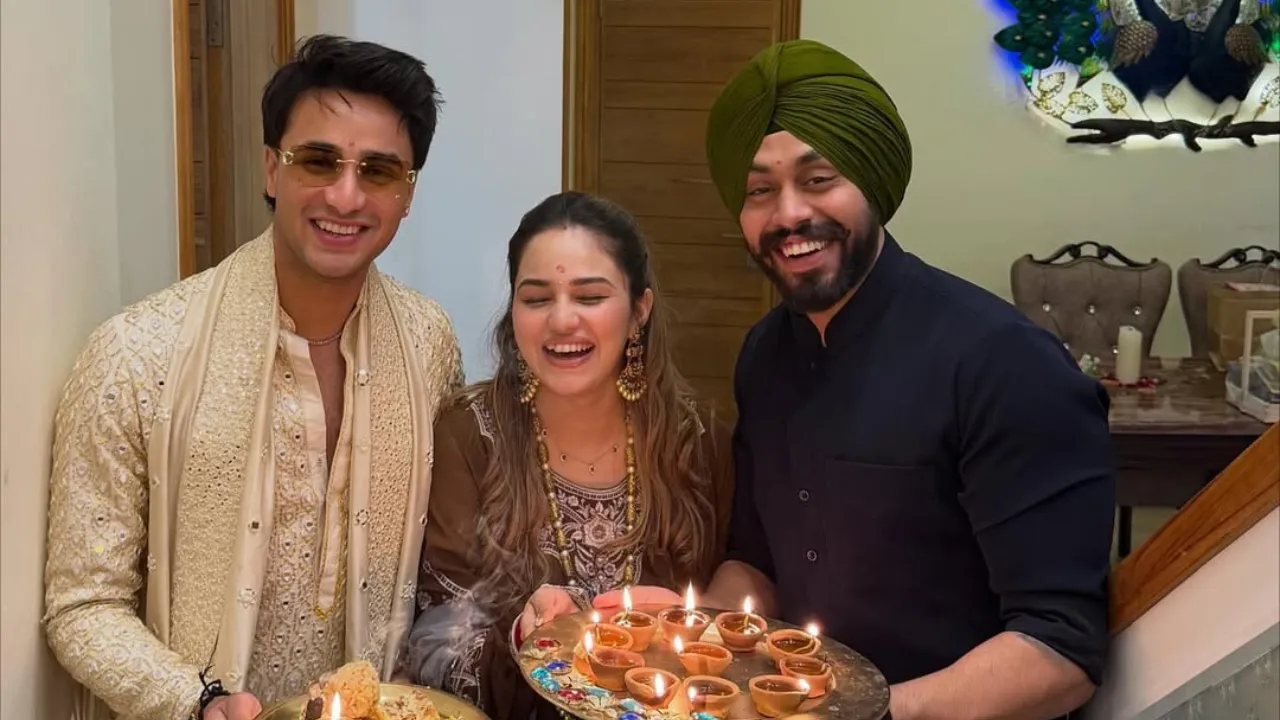
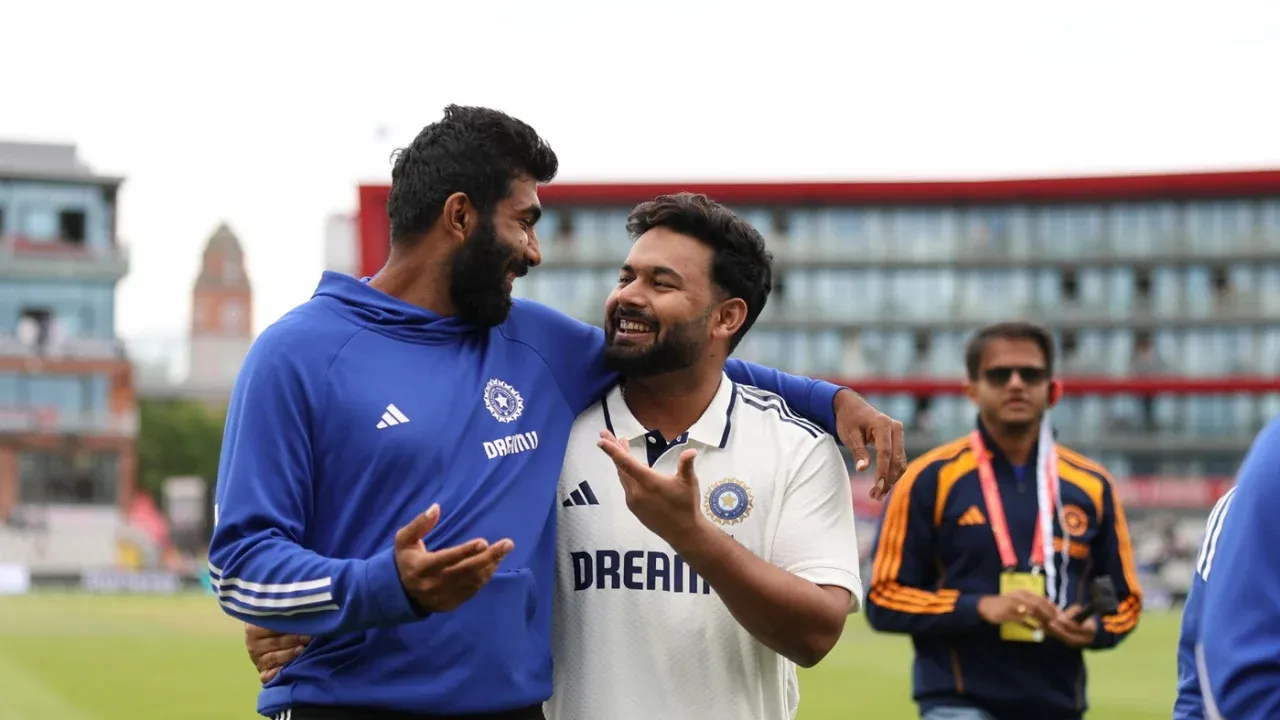
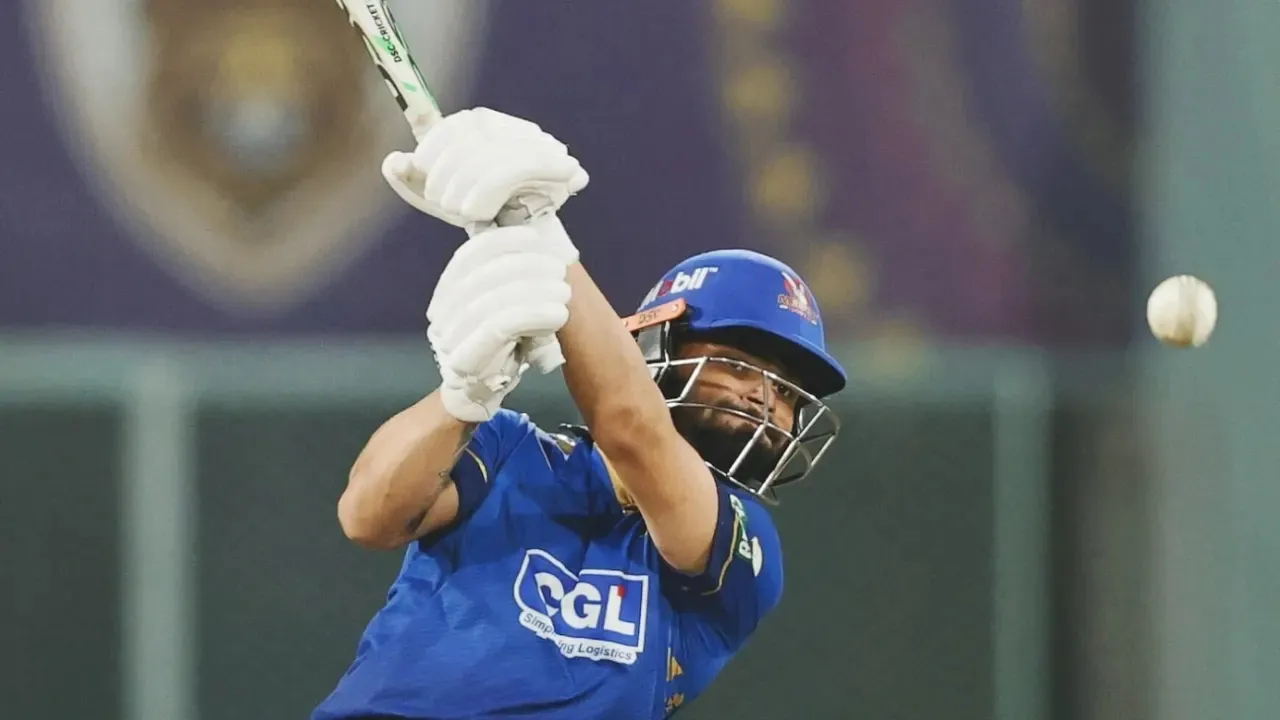
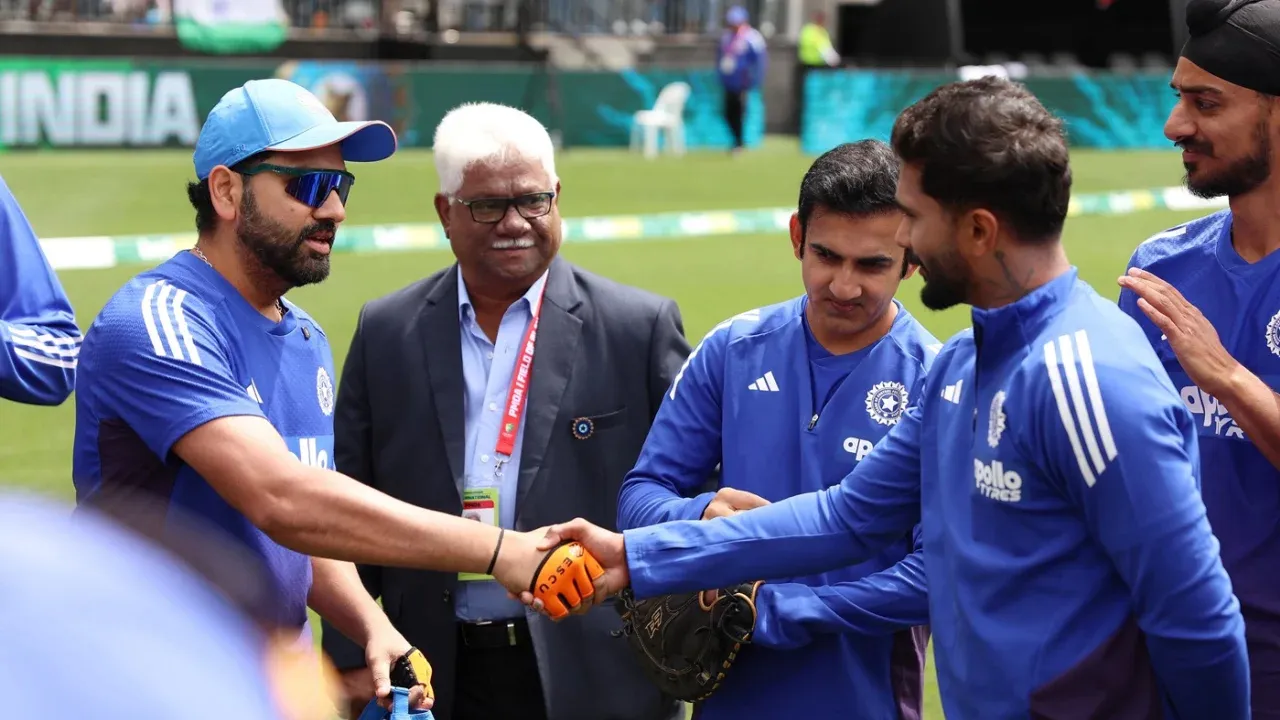
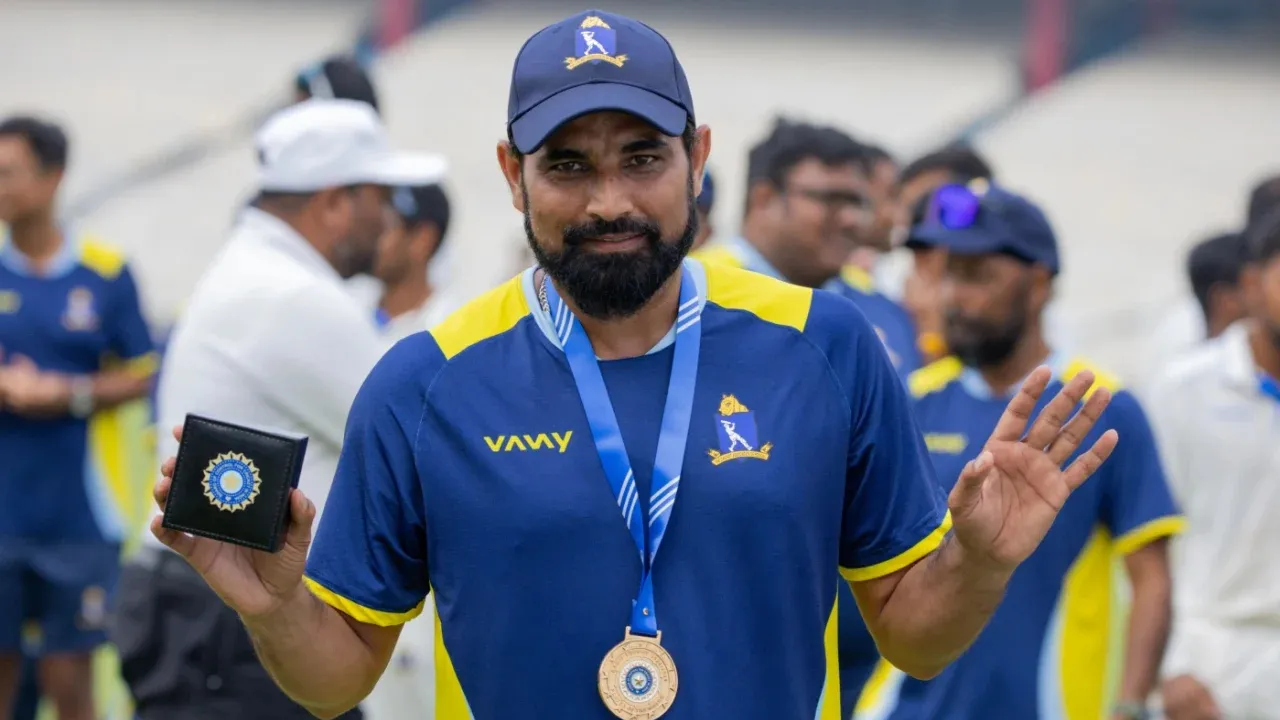

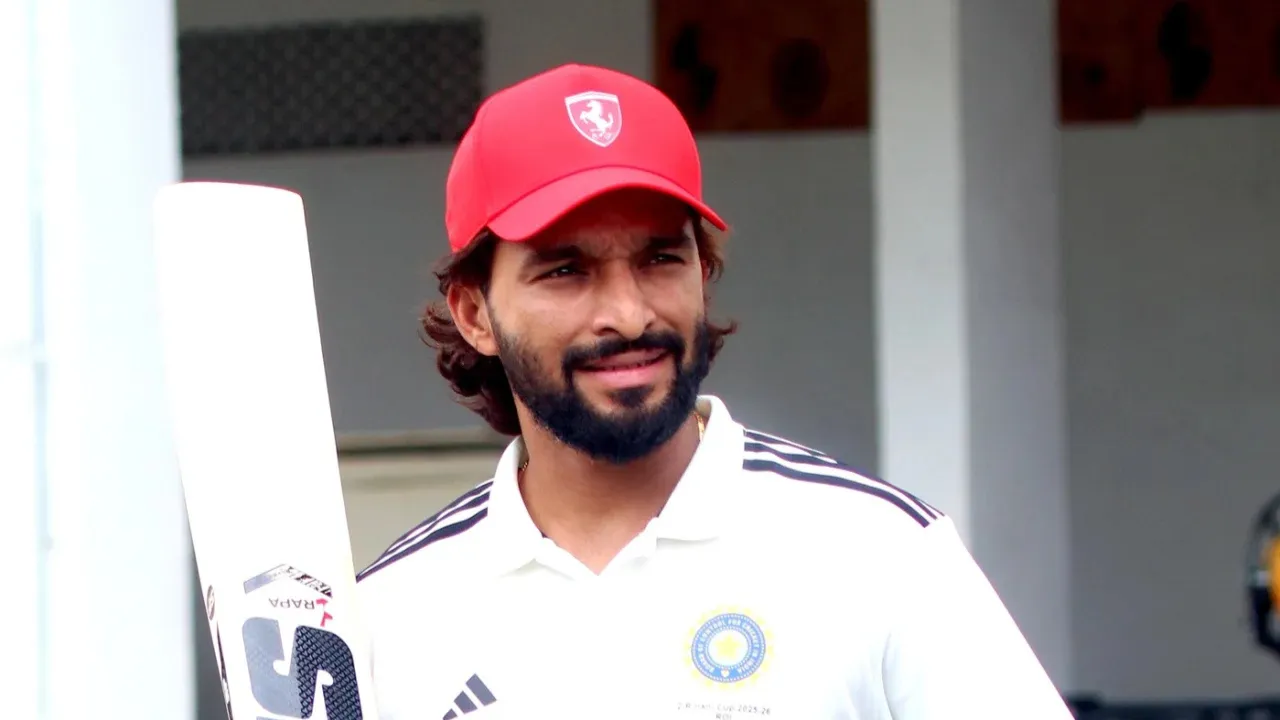



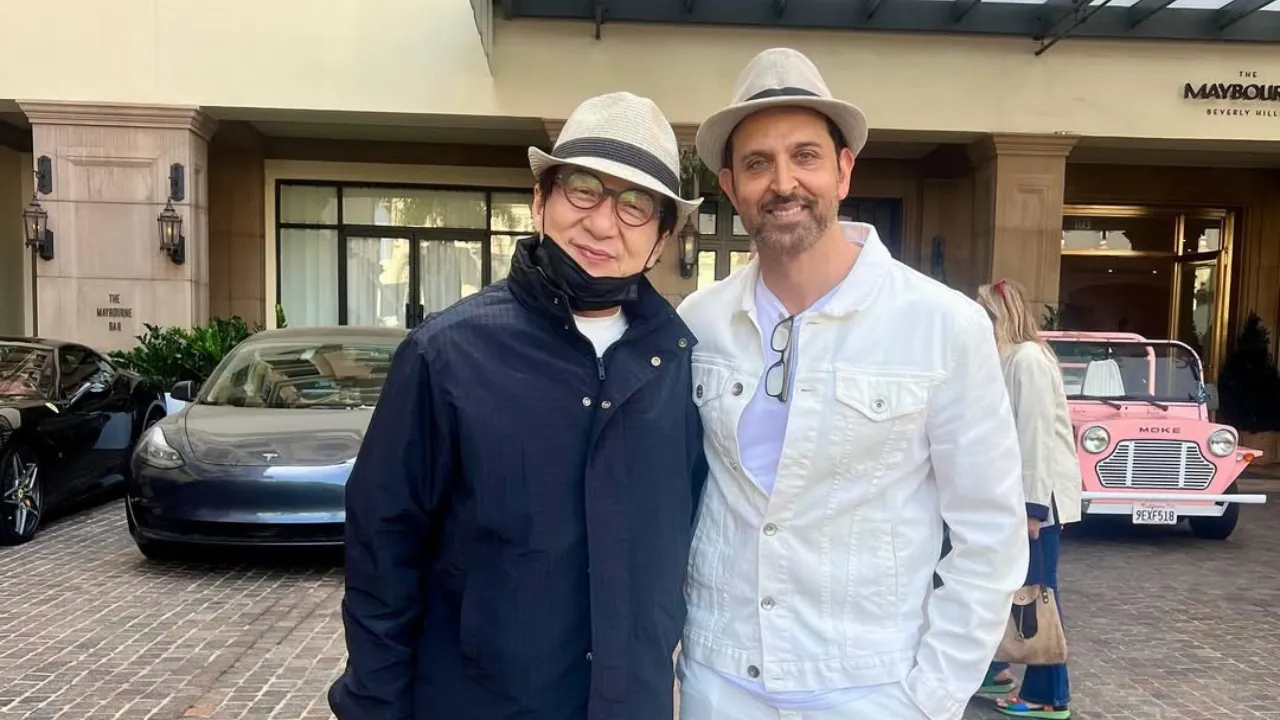

Ravi Shastri Breaks Silence on Family Travel Diktat!